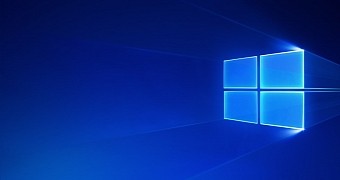Some devices that installed the May 25, 2021 (KB5003214) and June 21, 2021 (KB5003690) Windows 10 updates ended up blocked from installing new cumulative updates, with Microsoft itself confirming the problem affected Windows 10 version 2004 and newer, including version 21H1.
A fix that was published earlier this week comes to finally resolve the whole thing, though the bad news is that it requires an in-place upgrade.
On the other hand, the good news is that Microsoft has designed this fix to be as straightforward and convenient as possible, so nearly everything would be performed automatically with very reduced input on your side.
“This issue occurs on devices that have been scavenged automatically to remove outdated resource records. When a system is scavenged, the recently installed latest cumulative update (LCU) is marked as permanent and the older components are removed from the system. After scavenging is complete and a device is in this state, you cannot uninstall KB5003214 or KB5003690, and you cannot install future LCUs,” Microsoft explains.
The fix
Microsoft explains that all users need to do is to open a Command Prompt window with administrator privileges and send the following command:
Reg.exe Add HKLM\SOFTWARE\Microsoft\Windows\CurrentVersion /v AllowInplaceUpgrade /t REG_DWORD /f /d 1
“This registry value will be removed once the in-place upgrade is complete. It can take up to 48 hours for the in-place upgrade to be offered to the device. Once offered, the device will update to a clean version of the OS that is currently on the machine. It will have the latest monthly security quality update as well. After the in-place upgrade, the device will be able to take new updates normally,” the company explains.
The same workaround is available for all the affected Windows 10 versions, and applying it requires an administrator account.

 14 DAY TRIAL //
14 DAY TRIAL //